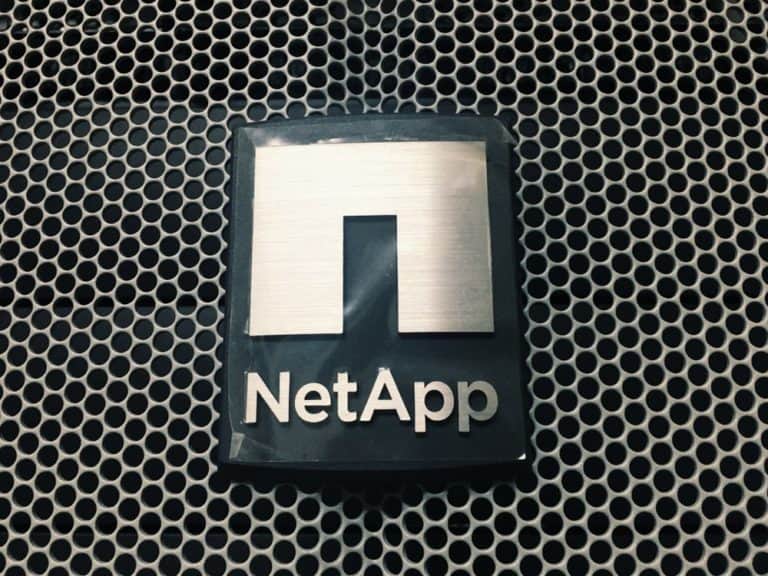NetApp informs Techzine that it is introducing a new NVMe-array. The product, the EF600, is designed to give businesses faster access to data from performance-sensitive workloads.
The new array should provide companies with new insights into their data more quickly. According to NetApp, the new end-to-end array doubles the performance of all-flash SAS arrays available to date. The better performance should support High Performance Computing (HPC) workloads. This means, for example, that there is support for heavy data analytics workloads. IT organizations should consider this storage array if they want high-speed storage for analytics and other data-intensive applications,” said Tim Stammers, senior analyst at 451 Research.
Features of the EF600 include response times of less than 100 microseconds, 44GBps of throughput, and two million constant IOPS. Furthermore, the product has a modular design, which makes scaling easy. This is further reinforced by the associated management tools, which work in the same way on different scales.
Benefits for companies
According to NetApp, organizations are currently switching from the SAS to the NVMe protocol. This accelerates companies’ access to data. The NetApp array must fully utilize the NVMe protocol for this purpose. By reducing latency, the new arrays are suitable for use in performance-sensitive applications.
Gaining value and insights quickly and reliably from a variety of different workload environments can help organizations stand out from their competitors and accelerate their time-to-market, said Robin Huber, vice president and general manager of the E-Series at NetApp. The EF600 helps customers extract value from their data and quickly gain insights that were previously unrealistic for performance-sensitive workloads such as Oracle databases, real-time analytics and high-performance computing applications on top of a parallel BeeGFS file system.
This news article was automatically translated from Dutch to give Techzine.eu a head start. All news articles after September 1, 2019 are written in native English and NOT translated. All our background stories are written in native English as well. For more information read our launch article.